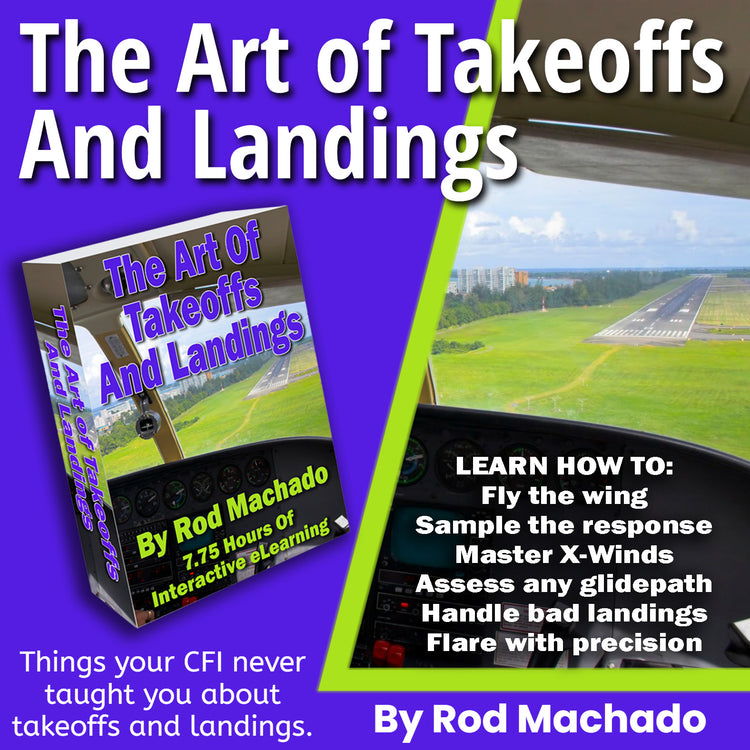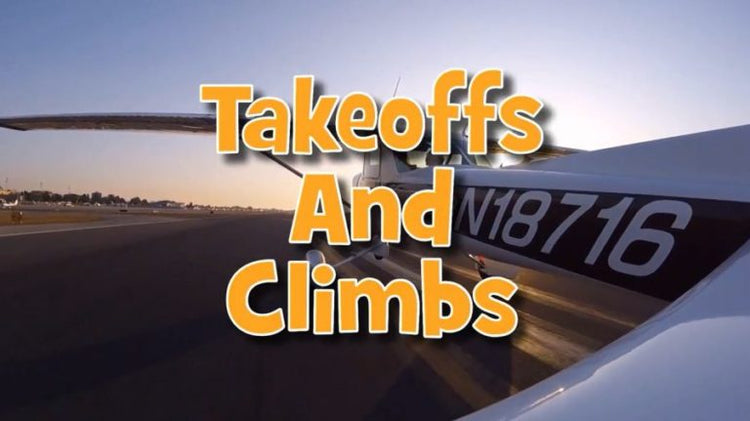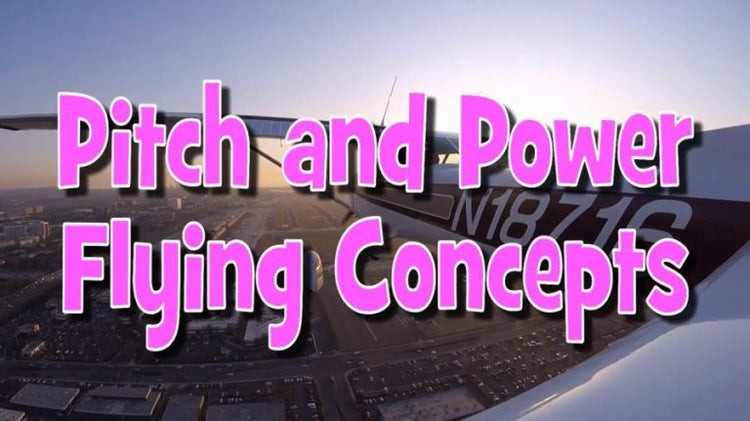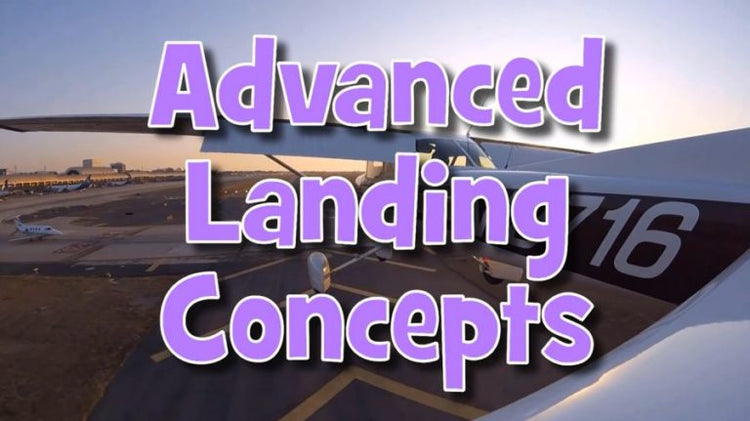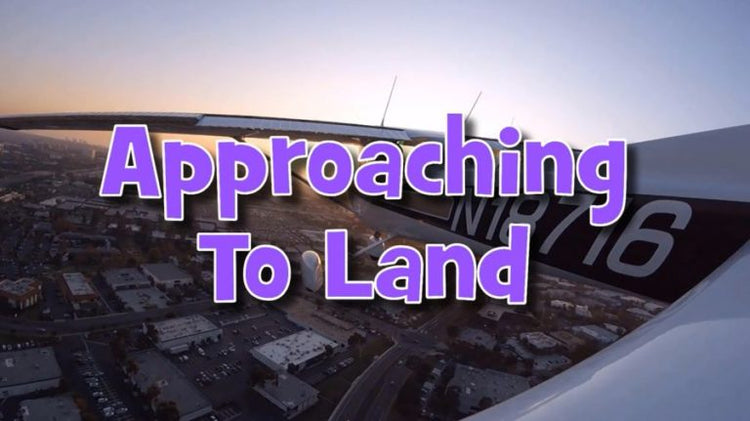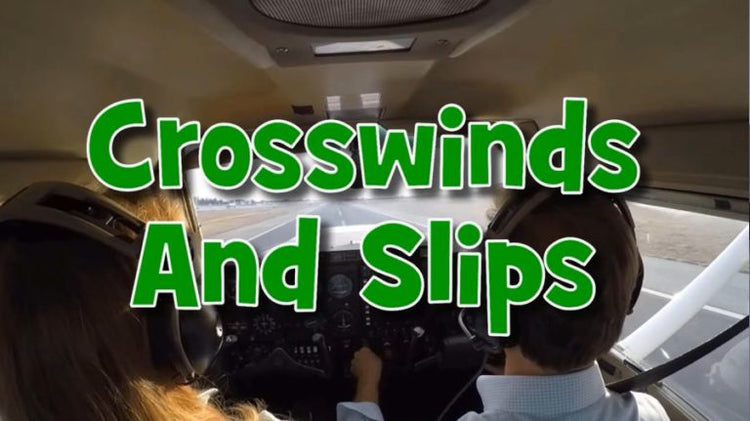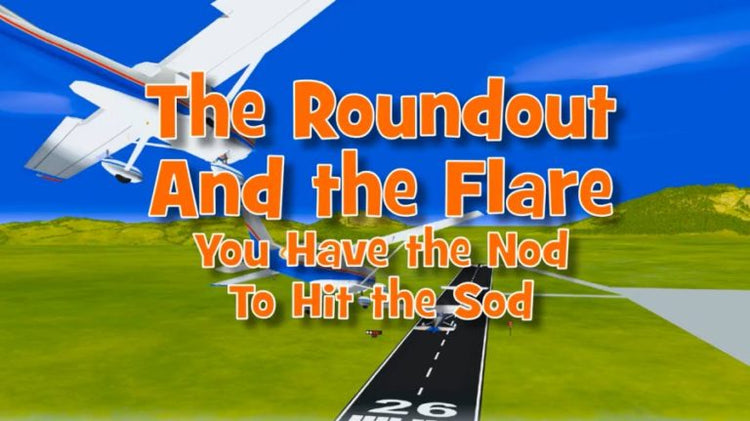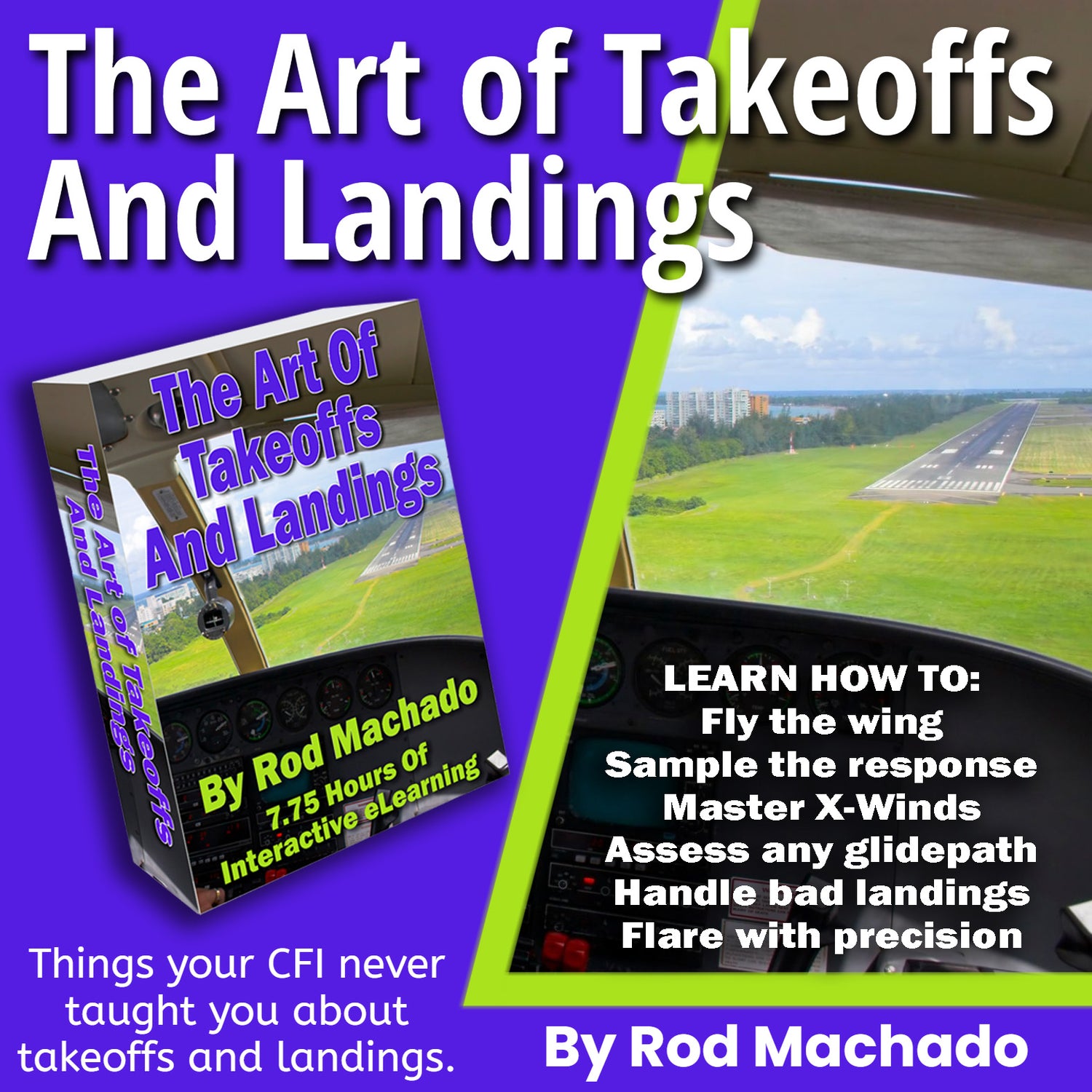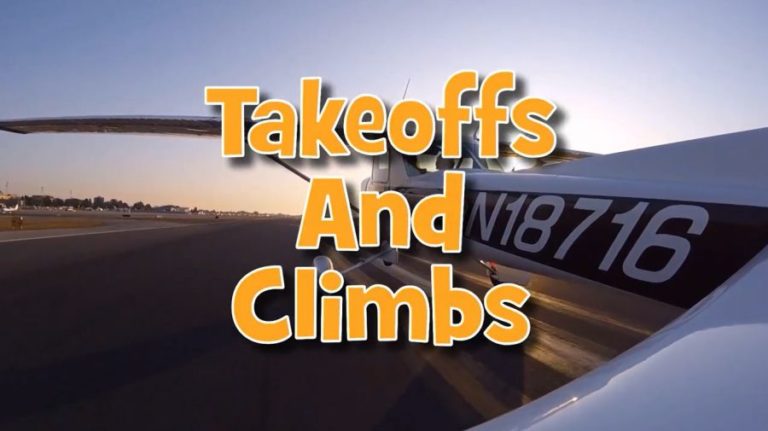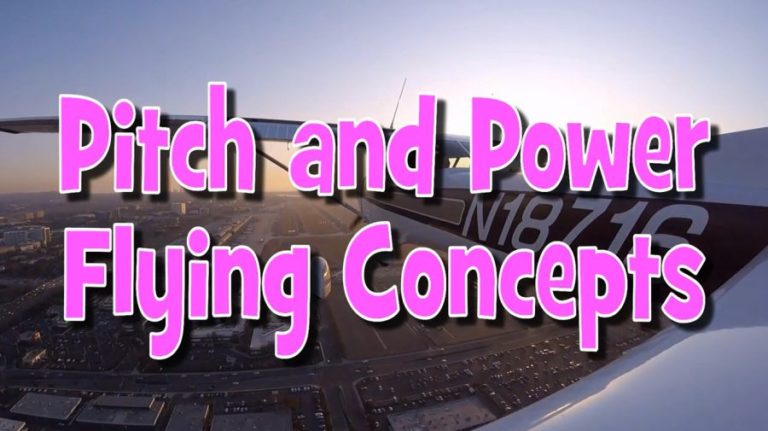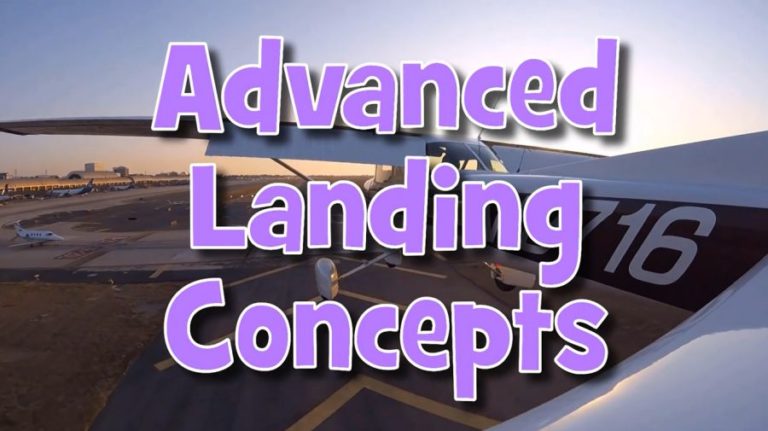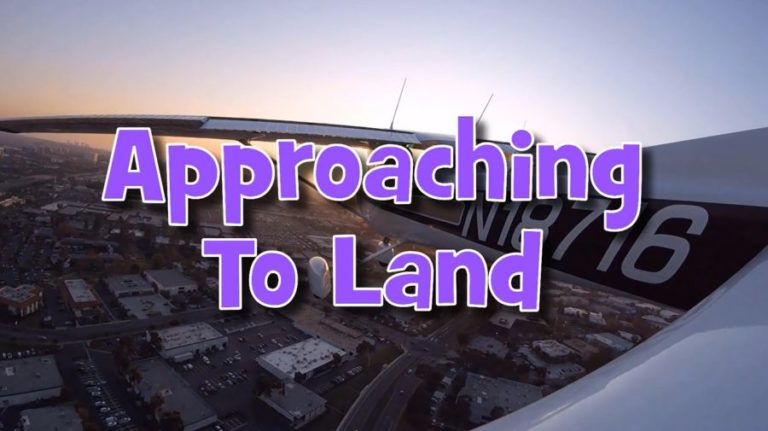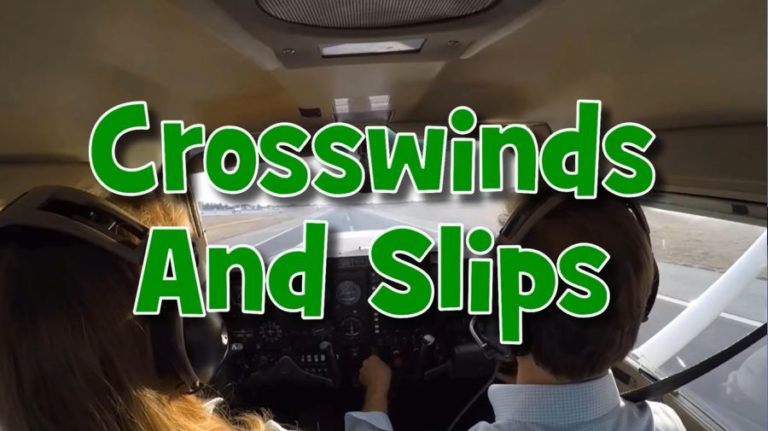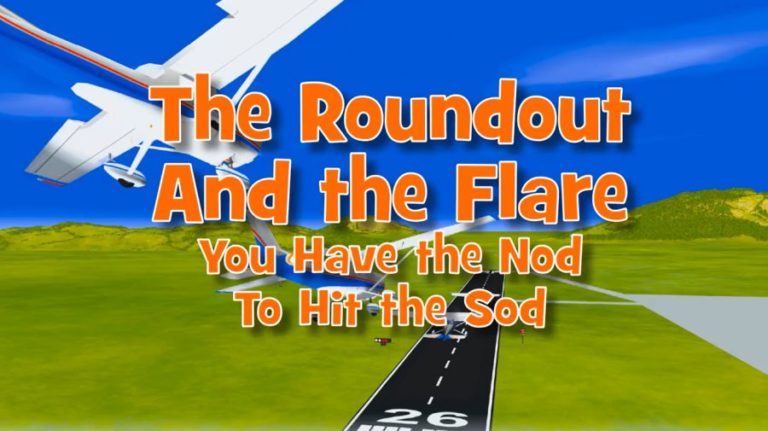The Art of Takeoffs and Landings eCourse
- Regular price
- $ 59.00 USD
- Regular price
-
$ 79.00 USD - Sale price
- $ 59.00 USD
- Unit price
- per
Share
Description
NEW! The Art of Takeoffs and Landing - $59.00 (7+ Hrs.)
THIS eCOURSE meets all new ACS standards and was entirely created by a flight instructor with 50+ years of flight training experience (no AI used here). Complimentary downloads are available for this eCourse.
Updated to 2026 Standards. You have lifetime access and this course is always current and updated frequently.
You can view this eCourse on a PC, Laptop, Mac, iPad, Android Tablet, or smartphone. You can only download eCourse videos to an iPad or Android Tablet for offline viewing.
Improve Your Consistency With Rod’s Proven Techniques
- Takeoffs and Climbs
- Approaching to Land
- The Roundout and Flare
- Crosswinds and Slips
- Short and Soft Fields
- Wind Gusts and Turbulence
- Advanced Landing Concepts
- Pitch and Power Flying Technique
- And much more…
Learn How To Master the Fundamentals
Every flight starts with a takeoff and ends with a landing, yet many pilots lack the fundamentals to do them consistently because they weren’t properly taught, or they haven’t practiced enough to be proficient.
That’s where this course comes in. If you use it to pick up just one useful takeoff or landing technique, it will be worthwhile because you will use the technique over and over.
But (trust me) there are lots of useful techniques in this course. Some of the techniques Rod teaches are unique while others you may be familiar with, but Rod often puts a different spin on them or provides an example that suddenly makes things crystal clear. In some cases, Rod will validate a technique you are already using and that can be just as valuable.
Good takeoffs and landings start with a solid understanding and good technique — and that’s exactly what Rod delivers in this course.

1. Takeoffs and Climbs
- The Big Takeoff Picture
- The Trip to the Runway
- Get Set
- Take It Off—Take It All Off
- Climb Attitude and Density Altitude
- When To Raise the Landing Gear
- Three Engine Power Combinations
- Not Crossed Up by Crosswinds
- The Effects of Ground Effect
- Wingspan vs. Induced Drag
- A Soft Spot For Soft/Rough Fields
- Short Field Takeoff Demonstration
- Soft Field Takeoff Demonstration
- Rejected Takeoffs
- Why Vx and Vy Change with Altitude
- Preventing Serpentining
2. Approaching To Land
- Approaching To Land
- Getting Low, Getting Down
- When Lift is a Drag
- When To Turn Onto Base Leg
- When To Begin Landing Descent
- How Normal Patterns Aid in Landing
- What To Do When Turning Base Leg
- Finally Turning Final
- Power-off Landings
- The Stationary Spot
- Normal Glidepath/Returning To Glidepath
- Too Low/Too High On Final
- Trapezoidal Runway Shape Change
- The Simple Glidepath Evaluation Clue
- What The Runway Shape Means
- Glidepath Angles and Power Usage
- The Elevator Instinct
- Using Approach Speed Charts
3. The Roundout and the Flare
- Why Ground Shy?
- Sensory Rich Runways
- When To Begin the Roundout
- Sitting Height
- The Sweet Spot
- Where To Look When Flaring
- How Fast To Flare
- The Runway Expansion Effect
- The Ultimate Flare Exercise
- The Aft Elevator Pull
- Proper Trimming
- Sampling The Response
- The Two-Handed Flare
- Touchdown Spot View
- Balked Landings
- Porpoising, Floating…
- Ballooning, Bouncing, Fanning
- Landing A Taildragger
4. Crosswinds and Slips
- The Crab Method
- The Wing Low Method
- A 25 Knot Direct Crosswind
- Full Flaps Left Crosswind
- A 10 Knot Direct Crosswind
- Getting Nosey On Touchdown
- Transitioning—Crab To Sideslip
- The Really Big Guns
- Flaps and Crosswind Landings
- Weathervaning
- Gusts in the Gusts
- Getting Down By Slipping Down
- Right or Left Slips?
- The Slipping Turn
5. Advanced Landing Concepts
- Short Field Approach
- Short Field Landing—With Obstacle
- Short Field Landing—No Obstacle
- The Region of Reverse Command
- Roundout and Flare On Short Fields
- Short Field Demonstration
- Soft Field Approach
- Soft Field Landing
- Soft Field Demonstration
- Estimating Stall Speed With Flaps Extended
- Approach and Landing In Bumpy Air
6. Pitch and Power Flying Concepts
- Pitch and Power Introduction
- The Flying Equation: A+P=P
- Common “Formula” Mistakes
- Flying The Wing
- Fine Tuning Attitude With Instruments
- The Five Attitudes
- Constant Airspeed vs. Glidepath
- Fixed Power Condition
- Variable Power Condition
- Pitch-Power Flying Techniques
- Elevator-Airspeed Pilots
- Which Technique To Use?
Please Watch This Video to Learn How to Access Your eLearning Course:
